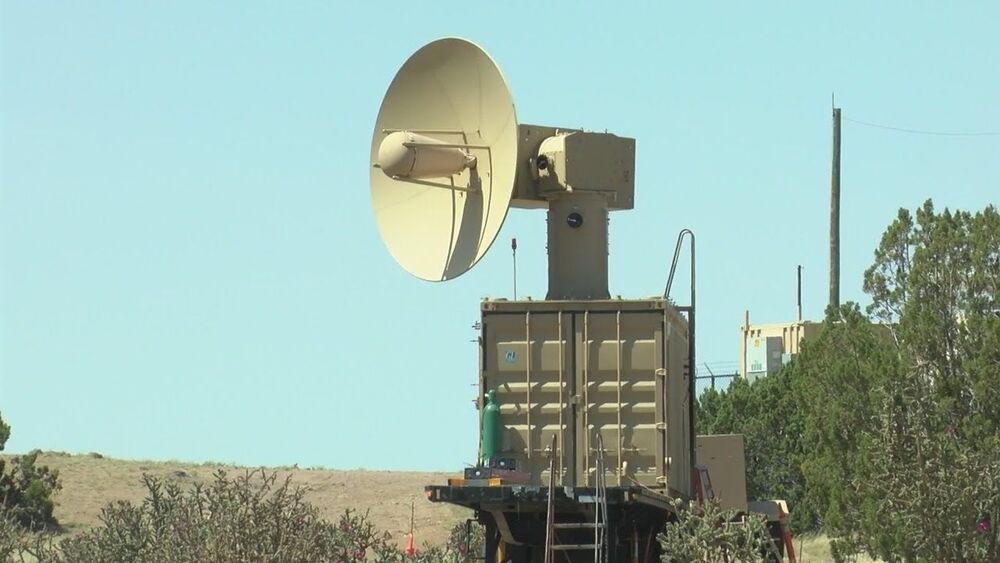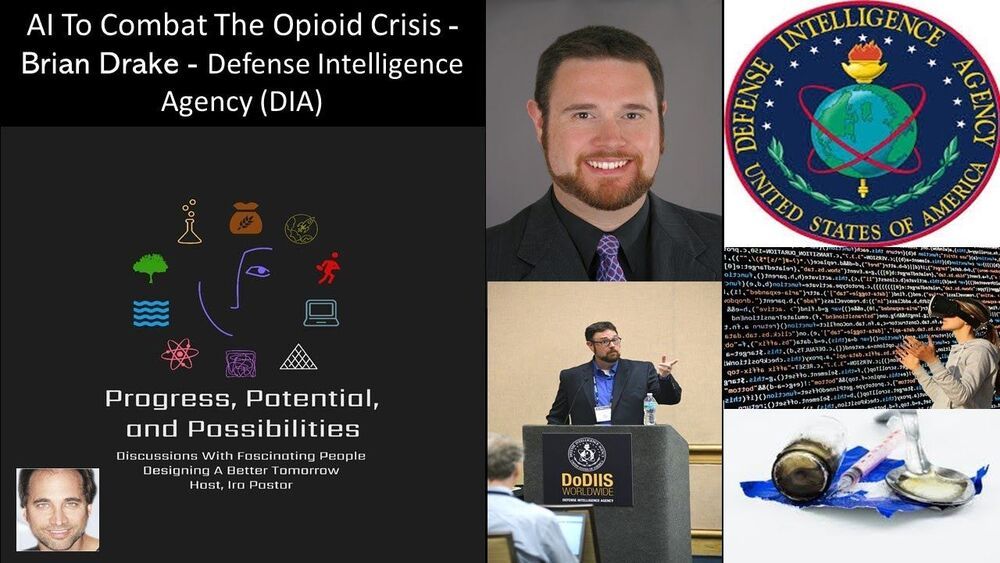Chari is part of the 18-member team of the Artemis Lunar Exploration Programme, through which NASA hopes to land the first woman and the next man on the moon by 2024.


Chari is part of the 18-member team of the Artemis Lunar Exploration Programme, through which NASA hopes to land the first woman and the next man on the moon by 2024.

The mystery ailment that has afflicted U.S. embassy staff and CIA officers off and on over the last four years in Cuba, China, Russia and other countries appears to have been caused by high-power microwaves, according to a report released by the National Academies. A committee of 19 experts in medicine and other fields concluded that directed, pulsed radiofrequency energy is the “most plausible mechanism” to explain the illness, dubbed Havana syndrome.
The report doesn’t clear up who targeted the embassies or why they were targeted. But the technology behind the suspected weapons is well understood and dates back to the Cold War arms race between the U.S. and the Soviet Union. High-power microwave weapons are generally designed to disable electronic equipment. But as the Havana syndrome reports show, these pulses of energy can harm people, as well.
As an electrical and computer engineer who designs and builds sources of high-power microwaves, I have spent decades studying the physics of these sources, including work with the U.S. Department of Defense. Directed energy microwave weapons convert energy from a power source —a wall plug in a lab or the engine on a military vehicle—into radiated electromagnetic energy and focus it on a target. The directed high-power microwaves damage equipment, particularly electronics, without killing nearby people.

To visually illustrate the risk of airborne transmission in real time, The Washington Post used a military-grade infrared camera capable of detecting exhaled breath. Numerous experts — epidemiologists, virologists and engineers — supported the notion of using exhalation as a conservative proxy to show potential transmission risk in various settings.
“The images are very, very telling,” said Rajat Mittal, a professor of mechanical engineering in Johns Hopkins University’s medical and engineering schools and an expert on virus transmission. “Getting two people and actually visualizing what’s happening between them, that’s very invaluable.”

We’re rigged for silent running in the Seawolf, America’s newest and fastest attack submarine.
In the January 1998 issue, Popular Mechanics boarded the U.S. Navy’s newest (and deadliest) attack submarine, the USS Seawolf. After the Cold War, the U.S. pivoted away from these heavily armed behemoths of the deep, but the Navy’s upcoming submarine, currently named the SSN(X), could be as armed to the teeth as its Seawolf forebear, a signal that times are changing on the high seas.
Capt. Dave McCall admits to one vice. “I like to drive fast,” he says, “I like to drive very fast.”
The Navy has indulged McCall’s need for speed by giving him command of its fastest attack submarine ever, the USS Seawolf.

Today we are going to discuss the topic drug enforcement from a very interesting technological angle.
Brian Drake, is the Director of Artificial Intelligence for the Defense Intelligence Agency’s (DIA) Directorate of Science and Technology. Mr. Drake works with the DIA’s Future Capabilities and Innovation Office, and he also leads an initiative to test the effectiveness of different applications of artificial intelligence at solving various mission problems, including using AI to combat the opioid crisis with a DIA program known as SABLE SPEAR.
Previous to this role Brian was a Senior Intelligence Analyst and Branch Chief in the DIA’s Americas and Transregional Threats Center (ATTC) and prior to joining ATTC, Mr. Drake was a Management Analyst with DIA’s Chief of Staff.
For DIA’s intelligence analysis mission, he has worked worldwide targets in narcotics, emerging and disruptive technologies, and weapons of mass destruction.
Mr. Drake was stationed in the Pentagon as an Intelligence Briefer in the Executive Support Office, served on the Information Review Task Force, and has led several interagency technical and counterterrorism intelligence teams.
Prior to his time in DIA, Mr. Drake was a management consultant at Deloitte and Toffler Associates where he served commercial clients in various industries and government clients at the ODNI, FBI, CIA, NSA, and the US State Department.

The French armed forces now have permission to develop “augmented soldiers” following a report from a military ethics committee.
The report, released to the public on Tuesday, considers medical treatments, prosthetics and implants that improve “physical, cognitive, perceptive and psychological capacities,” and could allow for location tracking or connectivity with weapons systems and other soldiers.


Future EDF research topics will be specified in annual calls run by the European Commission, the EU executive branch, and approved by a committee of national delegates. AI will be a big topic, Ripoche says. He says EDF funding will also go to new materials, such as discreet metamaterial antennas that can be engineered into the surfaces of vehicles and weapons. Muravska says she expects “a healthy take-up” in the EDF by European academic researchers, “provided they are aware of it.”
With no military of its own, European Union funds work on camouflage, drones, and laser weapons.


“” Martyr Fakhrizadeh was driving when a weapon, using an advanced camera, zoomed in on him,” Fadavi said, according to Reuters.
“Some 13 shots were fired at martyr Fakhrizadeh with a machine gun controlled by satellite… During the operation artificial intelligence and face recognition were used,” he said. “His wife, sitting 25 centimeters away from him in the same car, was not injured.”
“The machine gun was placed on a pick-up truck and was controlled by a satellite,” he added.”
An Iranian senior commander was quoted as saying that a satellite-controlled machine gun and artificial intelligence were used to kill the country’s top nuclear scientist.
The semi-official Tasnim news agency quoted Ali Fadavi, the deputy commander of the Revolutionary Guards, saying on Sunday that scientist Mohsen Fakhrizadeh was hit with “some 13 shots” in an attack that resulted in his death, Reuters reported.
Iranian state media initially reported that Fakhrizadeh, who American and Israeli intelligence have said previously led the country’s military nuclear program, was shot and killed late last month by “armed terrorist elements.”